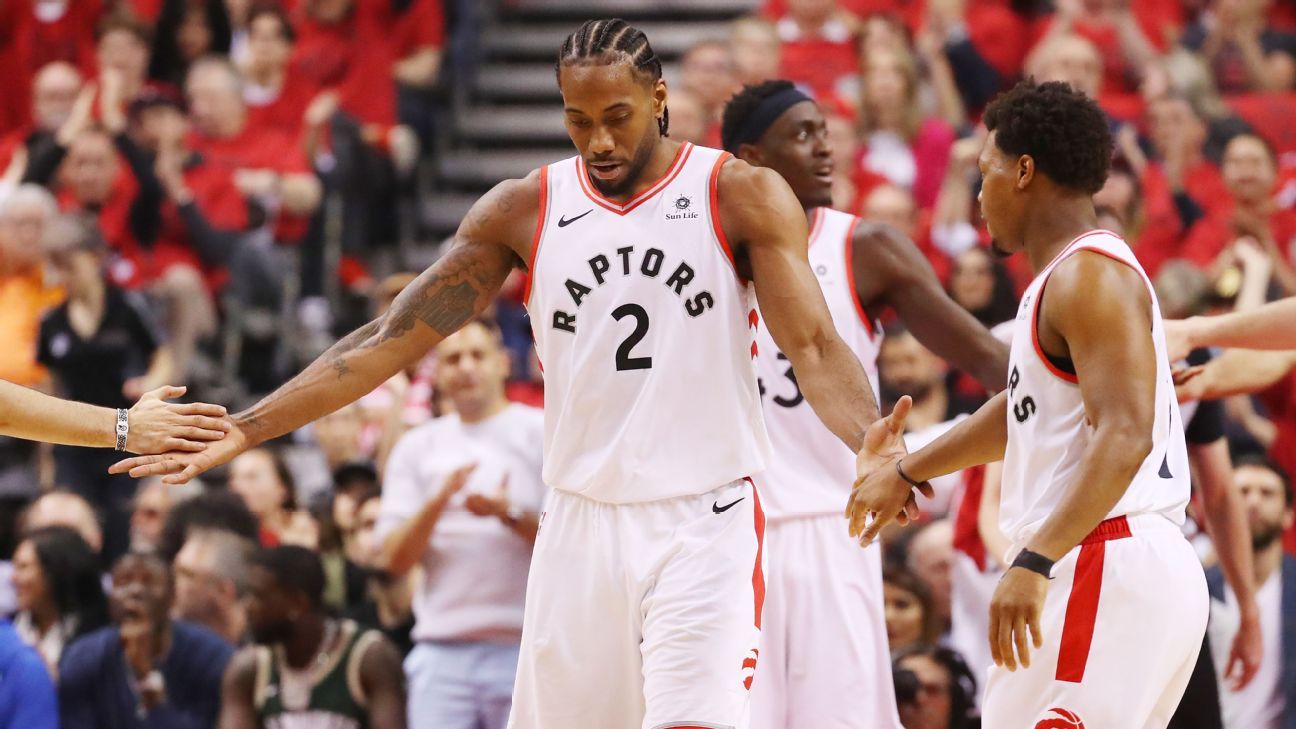The words “Toronto” and “Canada” could be read on Raptors ’s wardrobe of choice on the night of his latest book launch.
The sports and culture writer donned a large blue and white jersey featuring the letter “T” crossing a red maple leaf at the front — a vintage University of Toronto hockey jersey — to go with a black hat that had a small red maple leaf and the letter T on it.

Representation, especially in sports, has always mattered to Wong. He was just eight years old when his family moved to Toronto from Hong Kong, and he still remembers how basketball helped him find his footing in the community.
“It wasn’t until I joined a basketball team in Grade 8 that I realized that playing basketball was the easiest way to make friends,” he says. “You could just go to the playground, go to the court, make the school team, and suddenly it didn’t matter even if I couldn’t speak English very well or didn’t really know anybody, suddenly we became the closest.”
Then the Toronto Raptors arrived in 1995, and watching their games and talking about the team became a uniting force for members of communities around the city.
Wong’s latest book, “Prehistoric: The audacious and improbable origin story of the Toronto Raptors,” is partly a recount of how the first NBA franchise outside of the U.S. wanted to be a true reflection of the city’s fabric. Aside from building a championship team, the original owners of the Raptors were intentional about having a positive impact on the community for years to come
.
“They realized there was a whole completely untapped community when it came to sports,” said Wong, who also produces and co-hosts “The Raptors Show” on Sportsnet. The existing sports landscape (hockey and baseball in general) back then was being marketed to a white-dominant audience, and the Raptors ownership group wanted to get mainstream sports into the minority and immigrant communities too.
The approach quickly paid off. Attendance at Raptors home games was exceptionally high and was reflective of the city’s diverse makeup. The team was among the top merchandise sellers across the league.
At Wong’s book launch on Thursday night at the University of Toronto’s Goldring Centre for High Performance Sport, John Bitove, a member of the original Raptors ownership group, said one of the things they established early was the creation of the franchise community foundation. At that time, no other sports team in Canada had a charity dedicated to raising money to help grow the sport in the community, he said.
“I learned that the Raptors’ community relations department placed a huge emphasis on having player appearances in schools of these underserved communities,” he said, noting the team created community ambassadors who would help organize camps for younger kids where players would drop in and participate in sessions.
“Today when you hear the people talk about how unifying the Raptors are to the community, how it makes new Canadians feel like they can become part of this city because they might not understand some of the other sports, how during the run to the championship, people in small towns or cultural centres or places of worship would watch games together, it’s a beautiful thing and it’s part of what makes Canada so special,” said Bitove, brother of Jordan Bitove, the owner of Torstar and publisher of the Toronto Star.
- “It’s become bigger than we thought. When I was a kid there were no basketball hoops, now everyone has a basketball hoop. All the kids are playing basketball. You go to the games, it’s people of all races that are there, cheering and feeling like they are part of the team.”
The legacy has carried on with the new owners, and has manifested through the MLSE Foundation’s various community initiatives across the city.
Wong hopes his new book will help readers, especially younger generations, understand the passion and care that went into putting together an expansion team and laying a blueprint for everything that came after it.
“Especially in Toronto, a city that was hockey first and still is hockey first, there were so many challenges,” he said. “From convincing the league that Toronto would be a good city for an NBA team, to convincing people to buy season tickets, to convincing players that Toronto was a good place to be at.”
